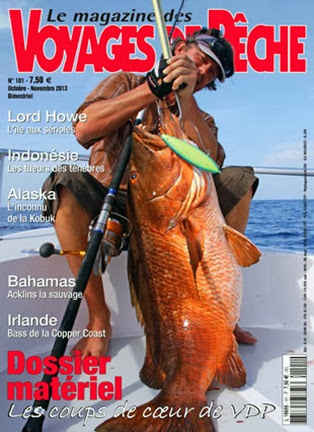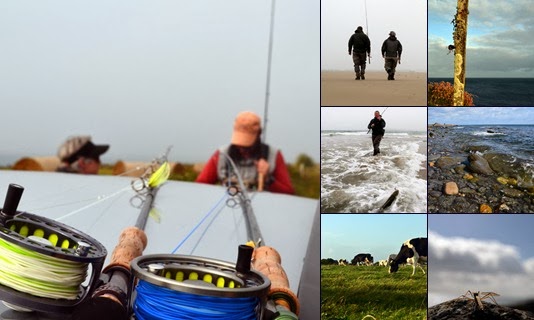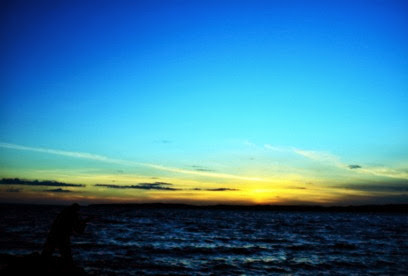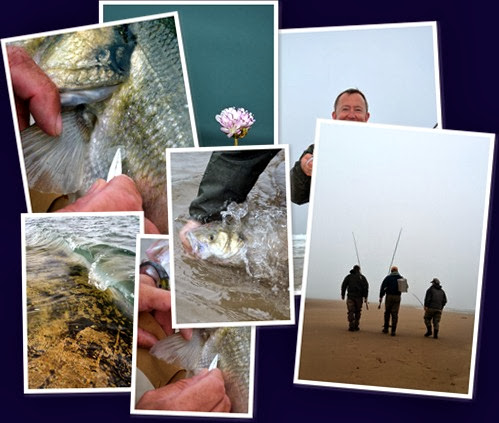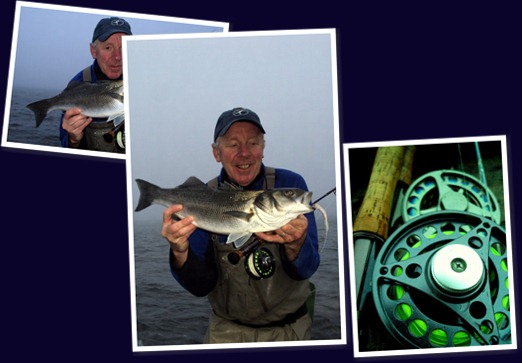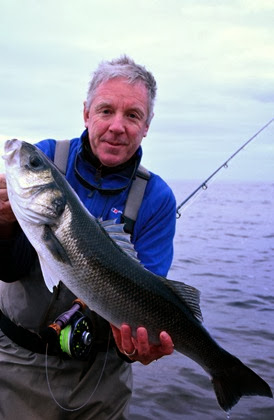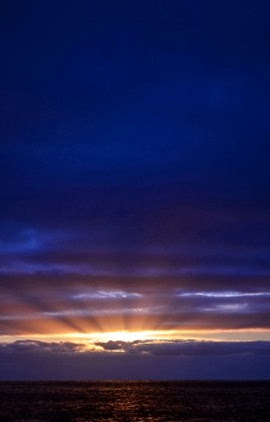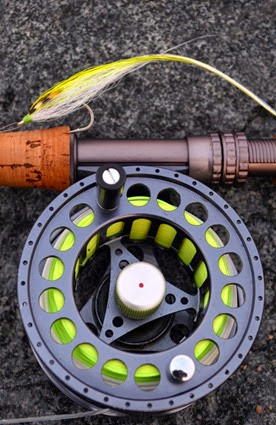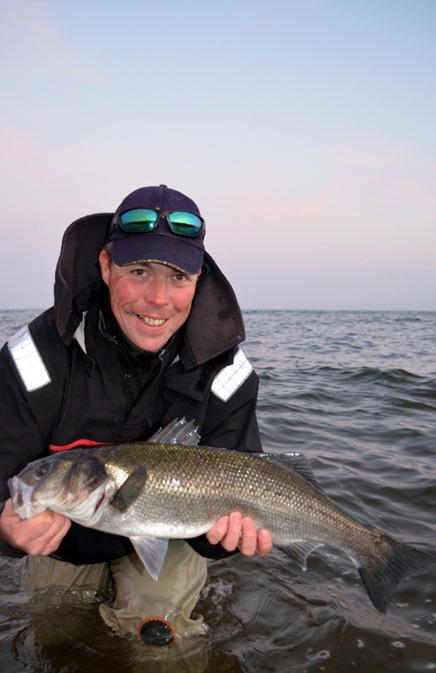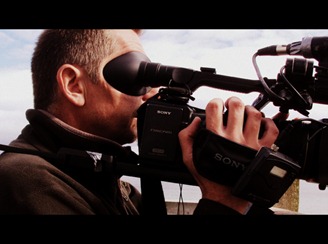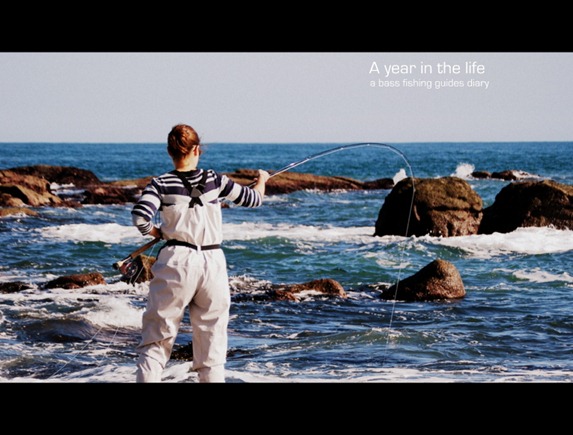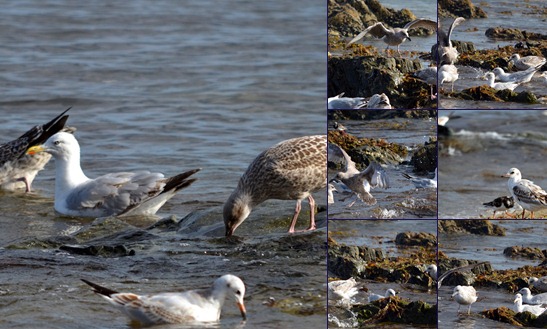My guided ‘season’ hasn’t much longer to run at this stage, and in fact many days have been ‘put back’ and left open until 2014, but bass fishing possibilities for the interested angler can remain good up to Christmas time and who knows what may happen?
I have been very busy over the past year and even busier since the beginning of September now that the final year of my tourism development BSc degree has kicked into place. This is probably reflected in the lack of text posts on the website during 2013, time is scarce and valuable!
Both of this years semesters deal with creating authentic, empathetic, genuine and influential experiences for and with customers, in fact authentic experiences seem to be emphasised throughout the syllabus and combining these strategies with a strong local network base is the basis of the final submission. This final submission will close the last year and indeed the BSc degree program in April 2014. Where has the time gone?
At times I think I may be a bit mad but later this week I will also hope to complete the Leave No Trace advanced trainer course. I have been waiting three years to be part of this opportunity and it falls nicely (even if at an extremely busy time) into how I want to develop the business into the future. This is probably the first time that leave no trace principles will be carried into an angling / coastal ethos and it will be an interesting and challenging few days for the group and myself.
Leave No Trace Ireland is a network of organisations and individuals with an interest in promoting the responsible recreational use of the outdoors. As increasing numbers of people seek the beauty and exhilaration of outdoor recreation, our collective mark on the environment and its natural processes, increases. Litter, disturbance to vegetation, water pollution, wildlife, livestock and other people are all indicators of the need to develop a national ethic that protects both natural and cultural heritage. Techniques designed to minimise the social and environmental impacts to these areas are incorporated into the Leave No Trace Outdoor Ethics Education Programme as seven Principles.
I hope to carry those seven principles into my guided angling services and into the future of SEAi. Guiding is a lot more than simply bringing people fishing it should be an experience and with the LNT principles I’m sure I can enhance that experience into the future. I will also be able to deliver and teach Leave No Trace short Programs. Worth considering too are the angling principles of the FFF seen here.
Ireland's countryside and marine environment is undoubtedly a high quality natural resource, both spatially extensive and diverse in nature. The extensiveness and diversity of the resource base lends itself to the provision of opportunities for a wide range of countryside and marine based recreation activities for both the local population and for an increasing number of tourists.
As pressure on our landscapes and seascapes from recreational use continues to increase, it is necessary that a national system is put in place which will ensure that visitors to the Irish countryside, whether locals or tourists, visit with care.
Working with some European journalists to develop that tourism potential of our seascapes in the past few months has proven both challenging and interesting. With a changed fishery that is more demanding than ever, at times it proved to be very difficult, in fact most of the season it remained as tough as I have ever experienced it.
The latest edition of Voyages De Peches (see above left) includes an article of our experiences on the South Eastern coastline this summer including locations from Waterford Wexford and Cork, what a week that was! Hopefully it can only serve to assist all of us engaged in the Irish angling tourism business!
